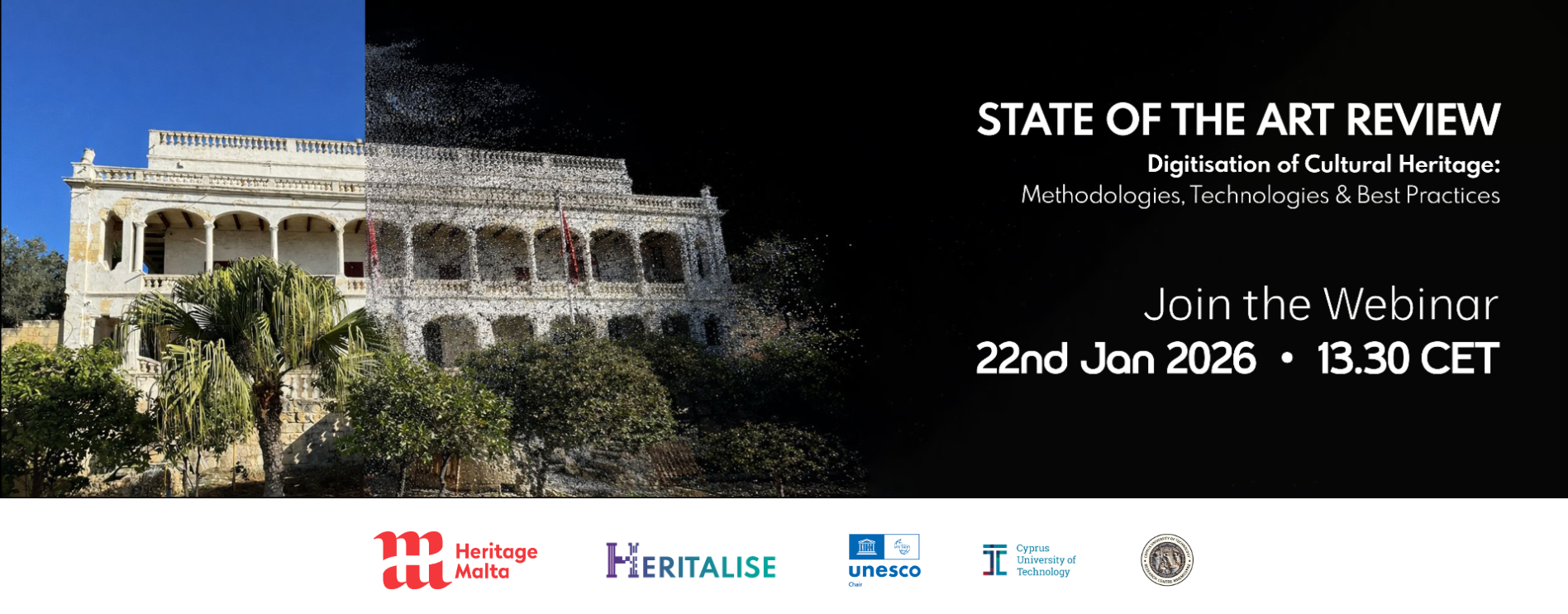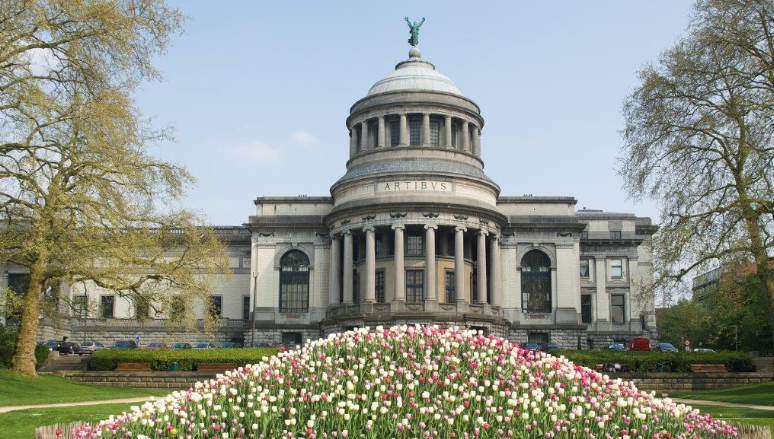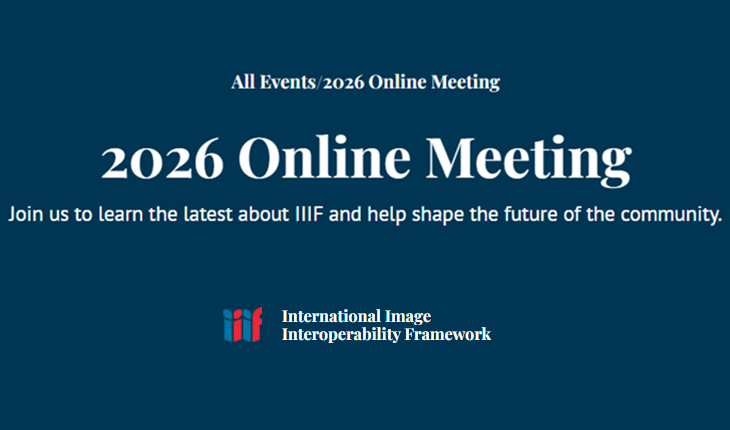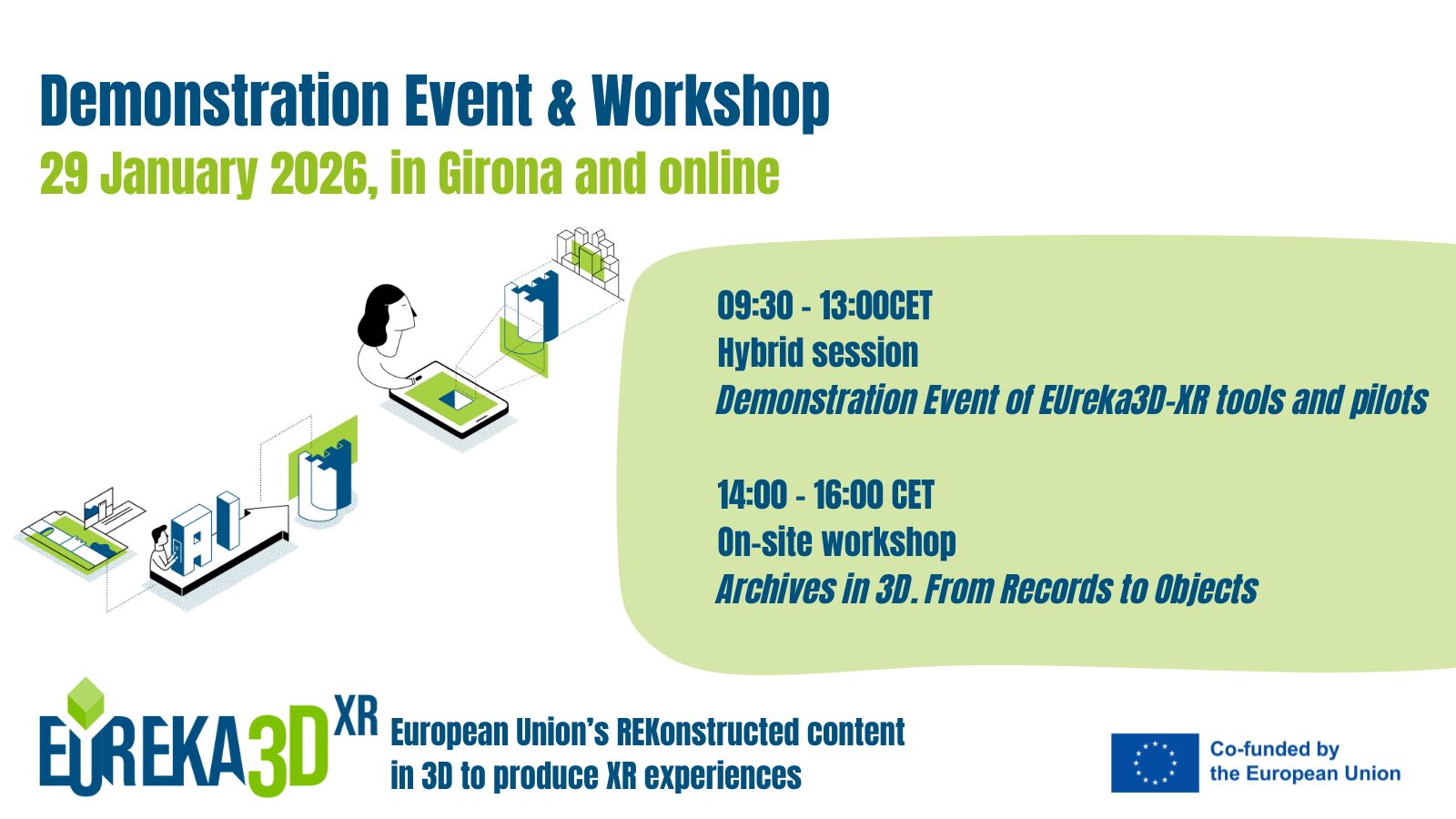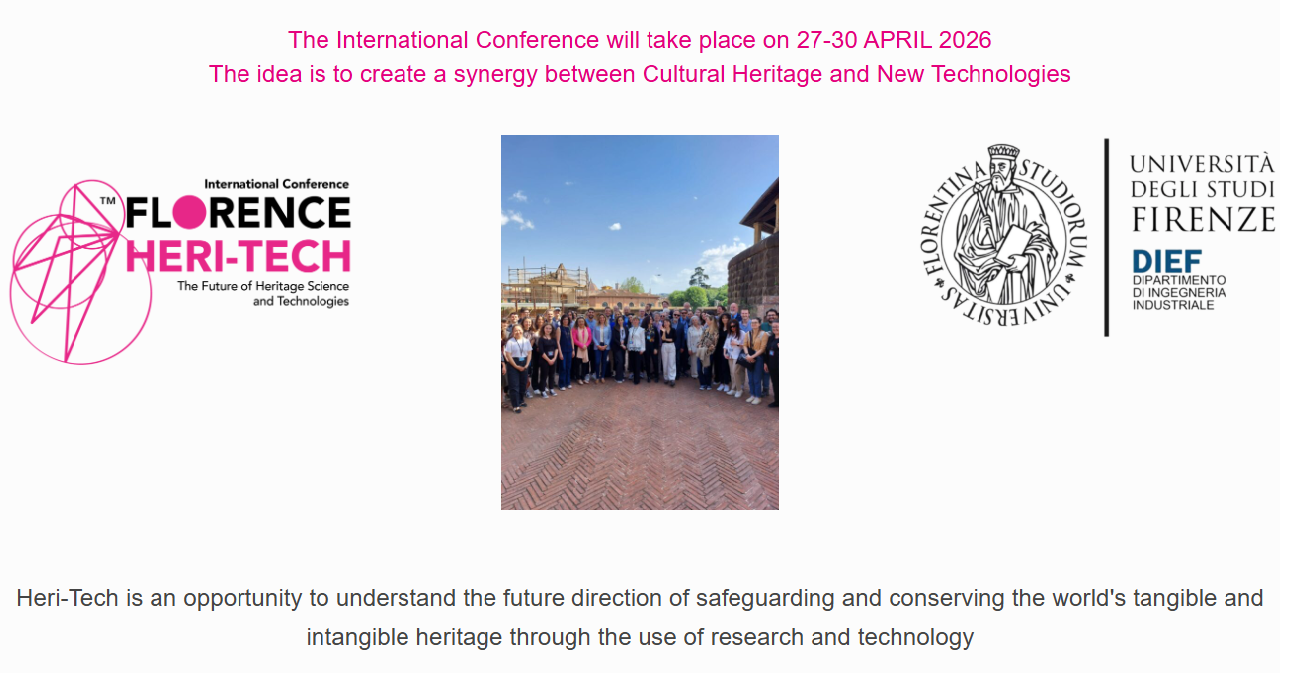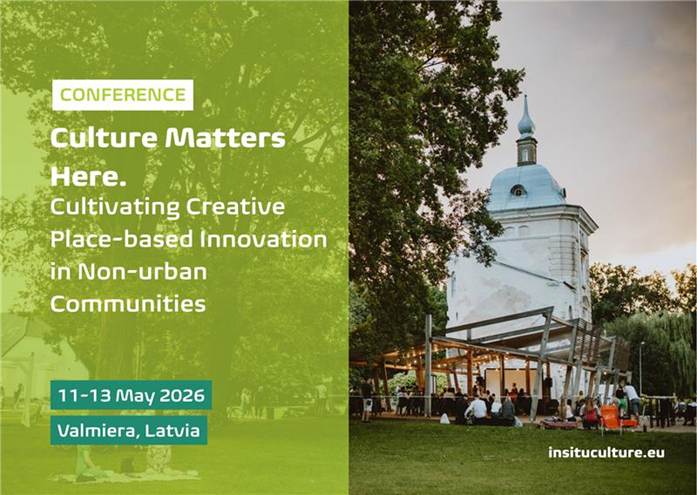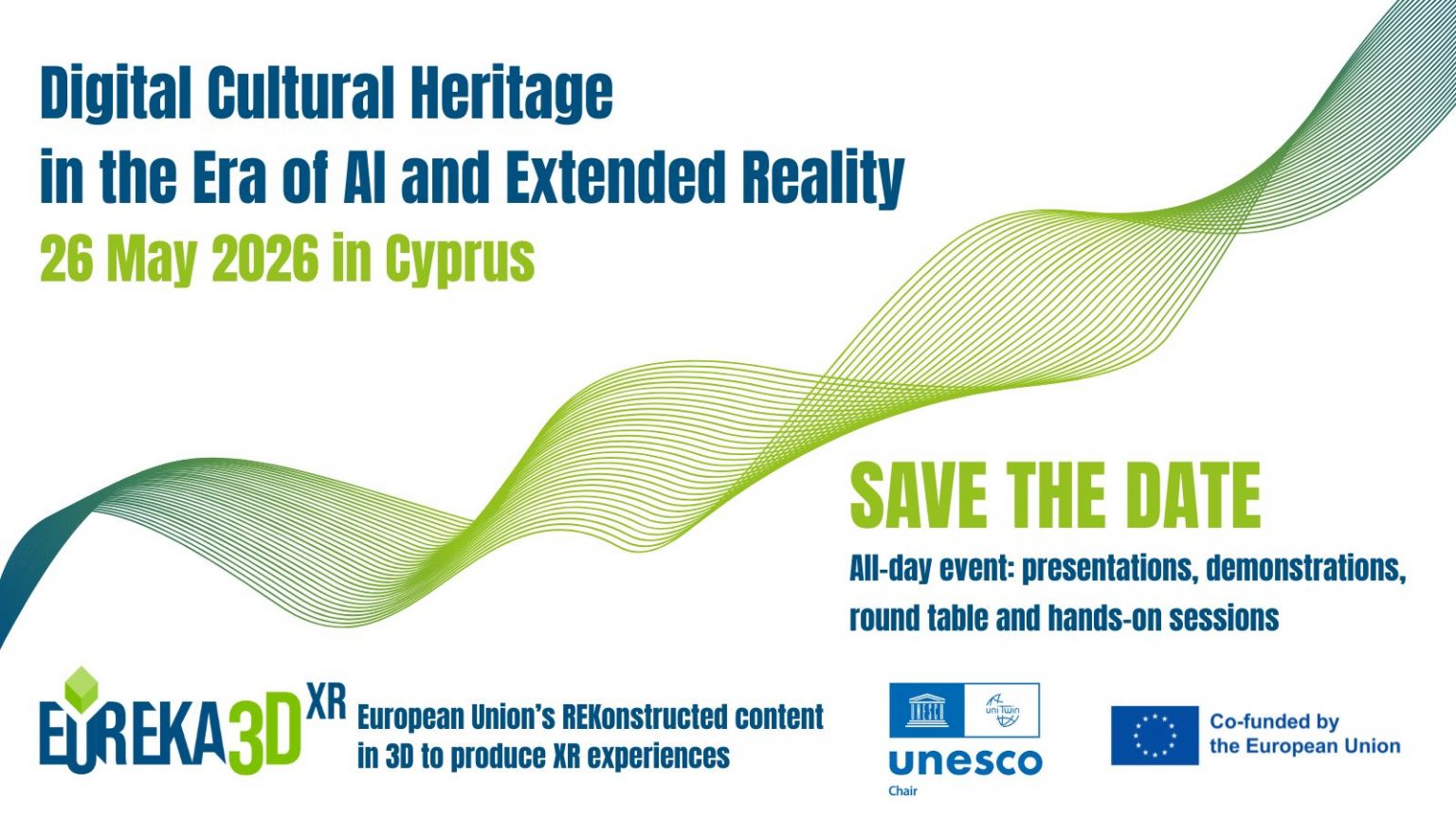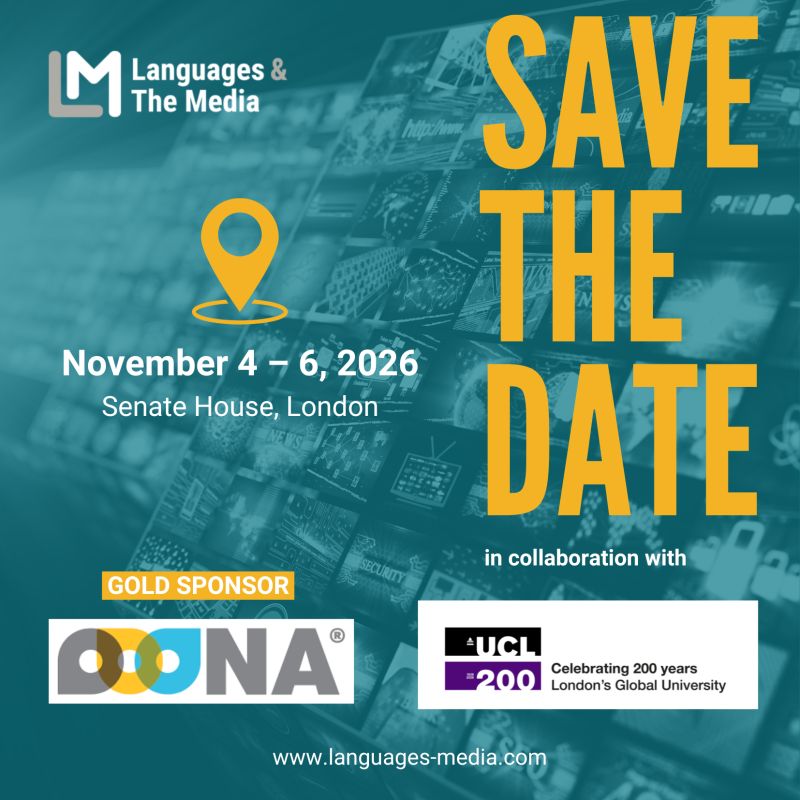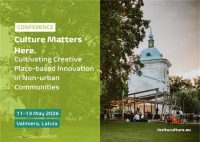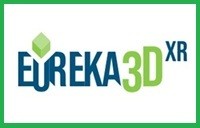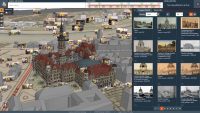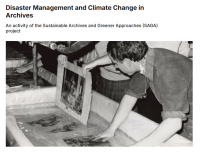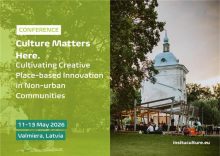all images courtesy of TopFoto.co.uk
Topham Partners LLP (TopFoto) – UK
 Founded in London in 1927, TopFoto is a rich resource for the world’s political and social history of the 20th century, illustrating the events, cultures and public figures that have shaped tomorrow’s world. TopFoto is an independent, family owned and operated, picture archive and agency, for many years now based just 45 minutes south of London by train, but in the rural heart of Kent, garden of England.
Founded in London in 1927, TopFoto is a rich resource for the world’s political and social history of the 20th century, illustrating the events, cultures and public figures that have shaped tomorrow’s world. TopFoto is an independent, family owned and operated, picture archive and agency, for many years now based just 45 minutes south of London by train, but in the rural heart of Kent, garden of England.
The TopFoto archive contains some 5 million image objects from engraved illustrations, glass plate and acetate negatives, vintage prints, and transparencies to today’s digital files being accessed, enjoyed and published by users all over the world via TopFoto.co.uk and from partnerships, including Europeana.
With over 20 years of experience in digitisation, TopFoto’s analogue collection has been digitally saved by TopFoto’s onsite production studio, with more coming onstream daily. Accessible for image licensing, research and general interest.
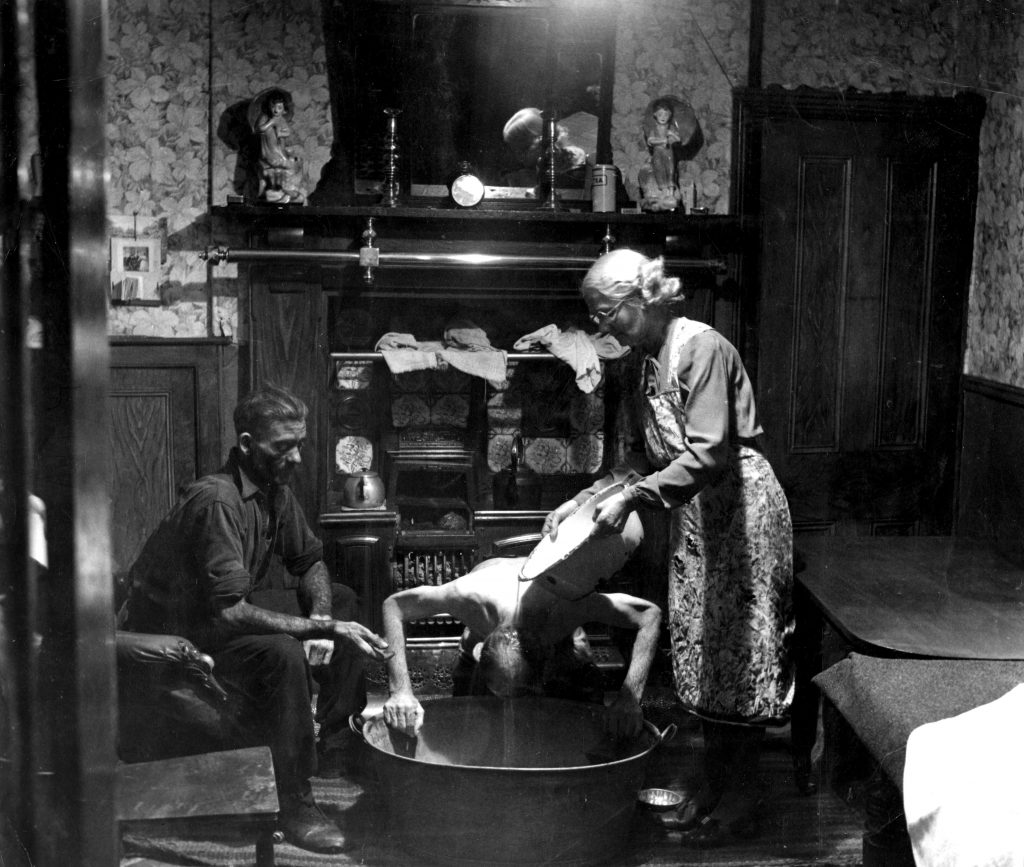
Today, hope is high in the Welsh villages where the 1949 rush for coal is something just as precious as the gold sought in the Klondike. – Mr James Thomas prefers to take his daily bath in the old-fashioned way in front of the fire. Pit baths are expected in Windsor in the next twelve months. Mrs Nelly Thomas, as she had done for over forty years, pours cold water over her husband’s back. Watching him is his son, Sylvester Thomas in Senghenydd and Aber Valley
With partner-archive relationships, TopFoto offers over 3 million digital images. These images are discoverable via an online asset management system, approved users can download in high resolution. TopFoto’s primary revenue is generated by licensing and IP, which helps conserve and protect the collections. TopFoto work extensively worldwide with museums, galleries, cultural infrastructure developers, educational and general book publishers and designers, advertising & PR companies, hotel groups. Ongoing projects are as varied as the vintage photo packaging for Tyrrells Crisps to Chartwell, the home of Winston and Clementine Churchill.
The team includes:
Flora Smith, FRSA, Managing Partner of TopFoto, who graduated from Manchester University in 1993 in Politics and Modern History. After three years of living in St Petersburg, Russia which included working as International Relations Adviser to the Director of the State Russian Museum, she returned to the UK and ran a successful opera and theatre company for 6 years as the Executive Producer in the top team of three, rescuing the then-derelict Wilton’s Music Hall in the East End and operating the 55-strong music theatre/opera company out of London and Cape Town, before being headhunted by the Victoria and Albert Museum Development Director as a fundraiser. She moved to join her family business (at the bottom rung) in 2007 – originally lured in for just a few months to help organise the outstanding Ken Russell 1950s negative archive. Flora Smith took over as TopFoto’s Managing Partner in December 2016. He is a Fellow of the British-American Project (and former Executive Committee member) as well as a Fellow of the Royal Society of Arts.
John Balean is Operations Manager of TopFoto. He graduated from the University of Newcastle, Australia in 1996 with a Bachelor of Arts in the Visual Arts and a major in Photography. After a brief period as a freelance photographer and visual artist he joined TopFoto where he is a highly experienced Operations Manager and his role includes coordinating EU / Europeana projects as well as negotiating for new photographer collections. John has given lectures and written about the picture industry with a specific interest in Press Photographic History. He is currently Chair of PICSEL and previously served 10 years as a board member of both BAPLA and CEPIC.
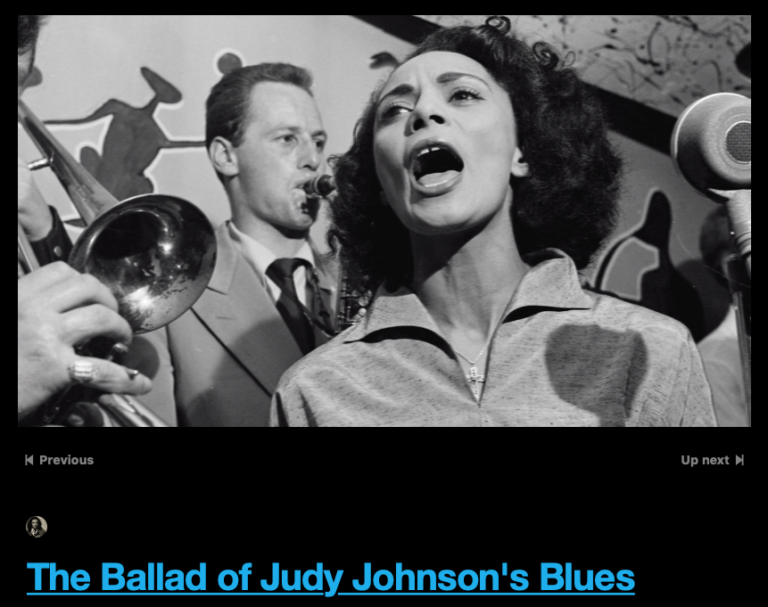
Within the project Balean and Smith are responsible for providing content. The content being sourced has ranged from dance to Gypsy/Roma/Traveller photographs. The team was also part of initiating and organising the Rommi Smith and Cristella Listra October 2021 LabDay, as Dr Rommi Smith was commissioned by Flora as TopFoto’s inaugural Writer in Residence as way of increasing public engagement with the treasures of the archive. The idea of the initial artist post was suggested by Rommi Smith and funded from a small section of a grant from the UK’s Lottery Fund for Heritage of £85,500, awarded to TopFoto in 2020 by the DCMS (Department for Media, Culture and Sport) in recognition of the national and international heritage importance of the TopFoto archive.


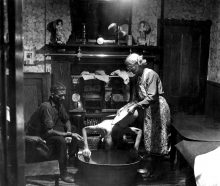
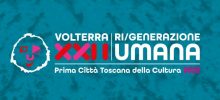
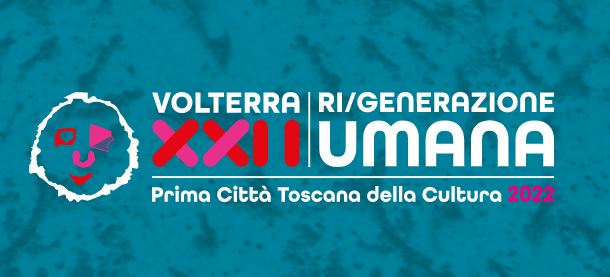 Volterra, the Tuscan town
Volterra, the Tuscan town  In order to promote Volterra XXII and all scheduled events, the digital platform
In order to promote Volterra XXII and all scheduled events, the digital platform 
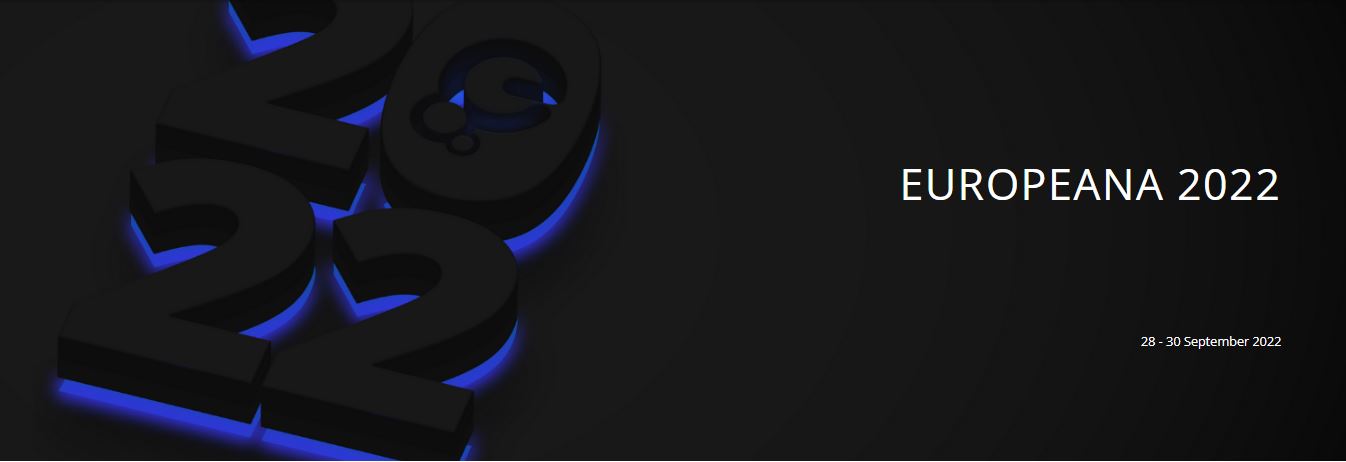 The 2022 edition of the Europeana conference will take place on 28 – 30 September and a call for proposals has been launched for the occasion.
The 2022 edition of the Europeana conference will take place on 28 – 30 September and a call for proposals has been launched for the occasion.
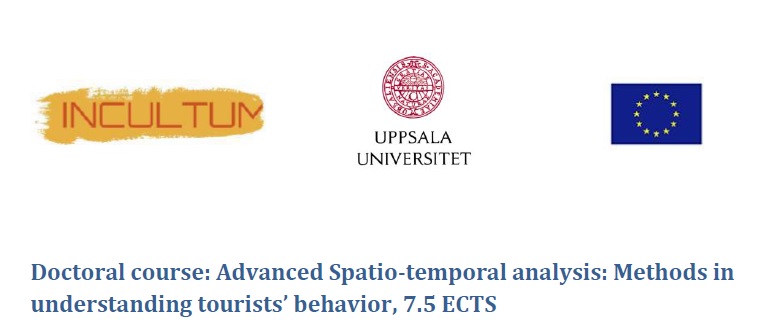
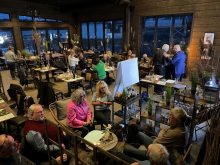
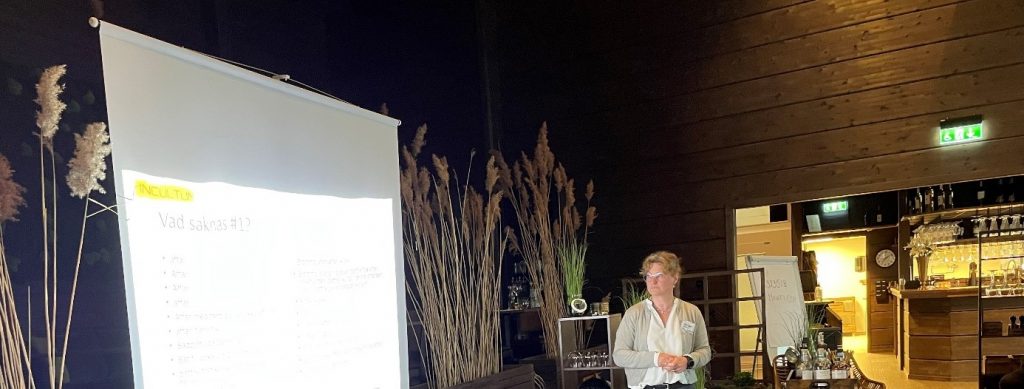
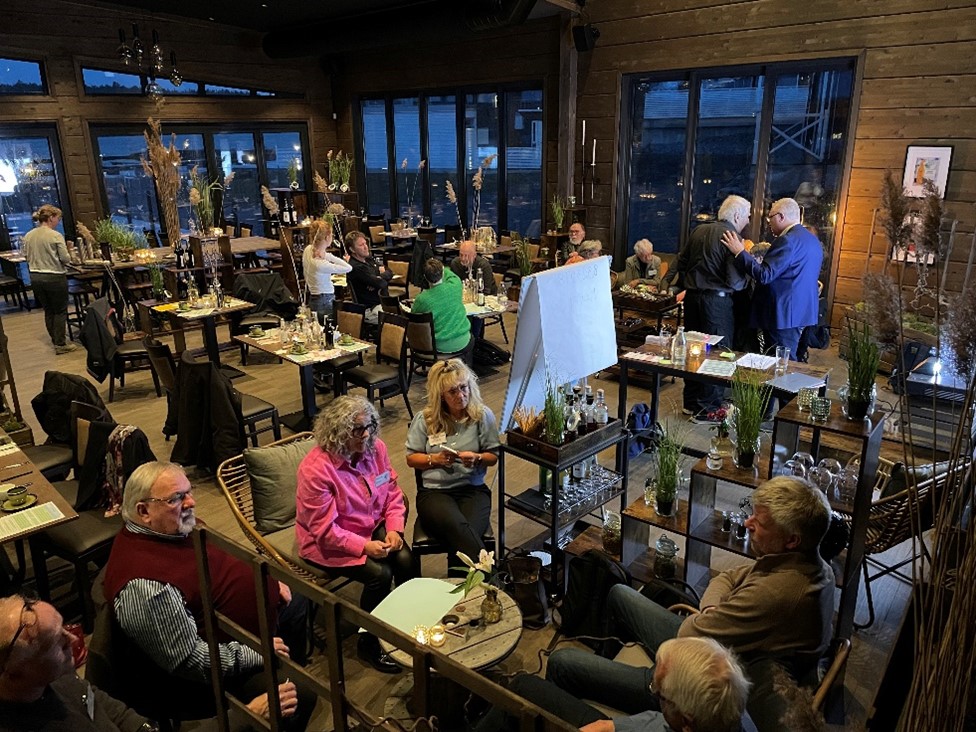
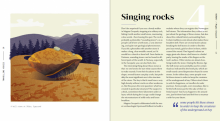
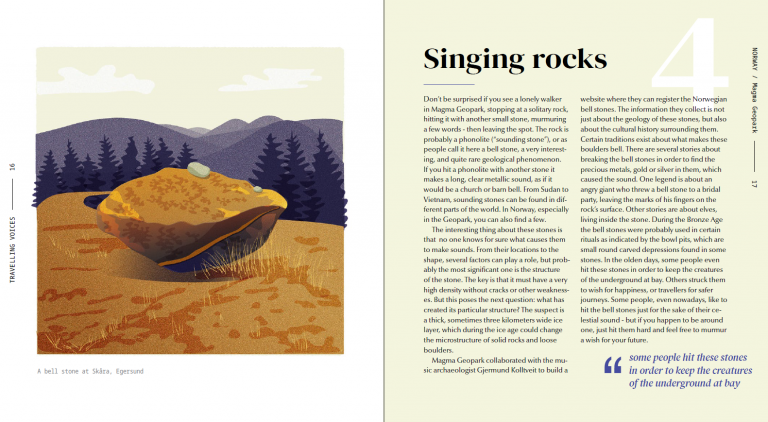
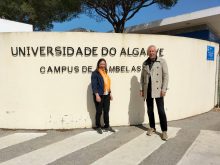
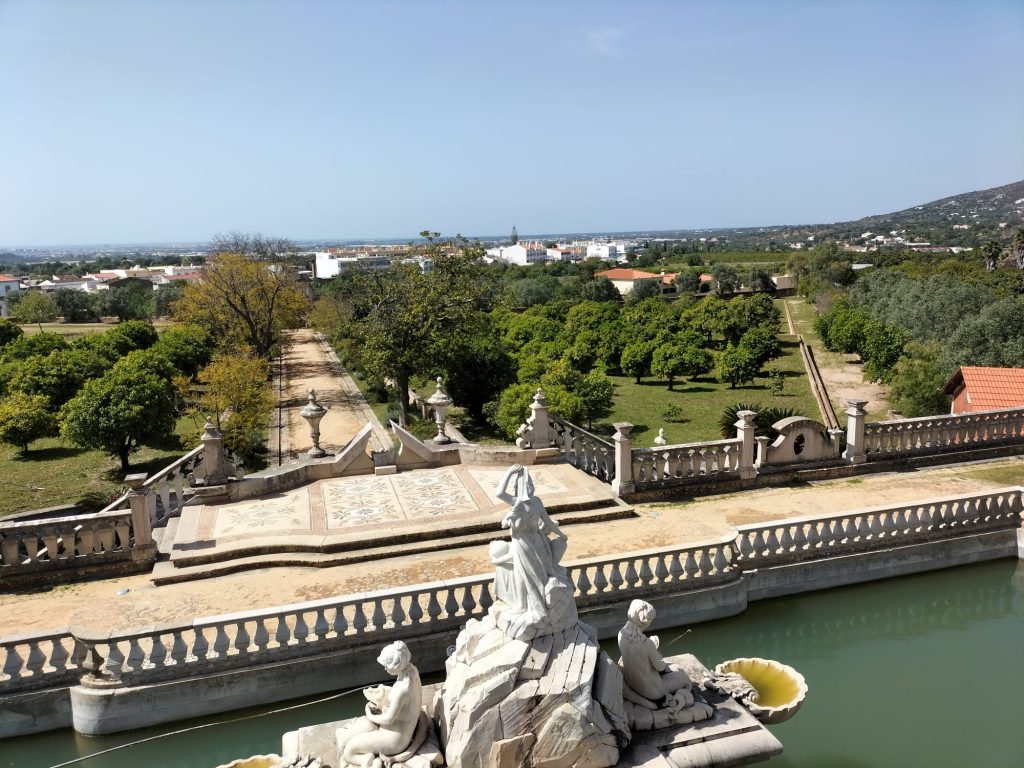









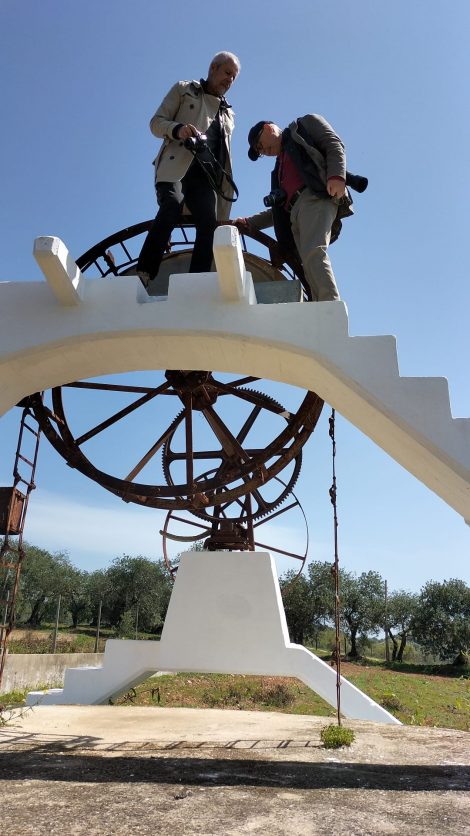 The proposed actions in the Pilot are directed towards the survey, diagnosis and architectural and hydraulic rehabilitation of a group of norias, aqueducts and tanks in order to contribute to the preservation of the landscape’s memory and to the (re)activation of its identity. Other actions will aim at the revitalization of historic irrigation systems, practices and techniques, namely the recovery of traditional cultivation techniques and species of fruit trees are in the process of disappearing (tangerine trees, for example). The definition of cultural routes for the hydroagricultural heritage and the organization of little markets for the sale of vegetables and fruits in the villages, will be an attraction for visitors, bringing tourism closer to polyculture and to the Mediterranean diet, with an impact on the local economy.
The proposed actions in the Pilot are directed towards the survey, diagnosis and architectural and hydraulic rehabilitation of a group of norias, aqueducts and tanks in order to contribute to the preservation of the landscape’s memory and to the (re)activation of its identity. Other actions will aim at the revitalization of historic irrigation systems, practices and techniques, namely the recovery of traditional cultivation techniques and species of fruit trees are in the process of disappearing (tangerine trees, for example). The definition of cultural routes for the hydroagricultural heritage and the organization of little markets for the sale of vegetables and fruits in the villages, will be an attraction for visitors, bringing tourism closer to polyculture and to the Mediterranean diet, with an impact on the local economy.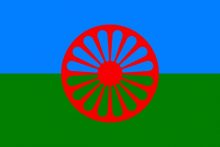
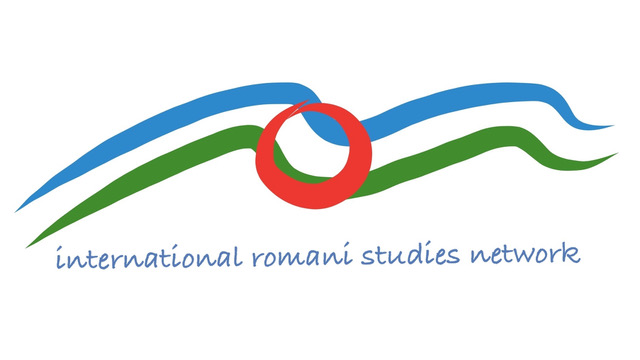
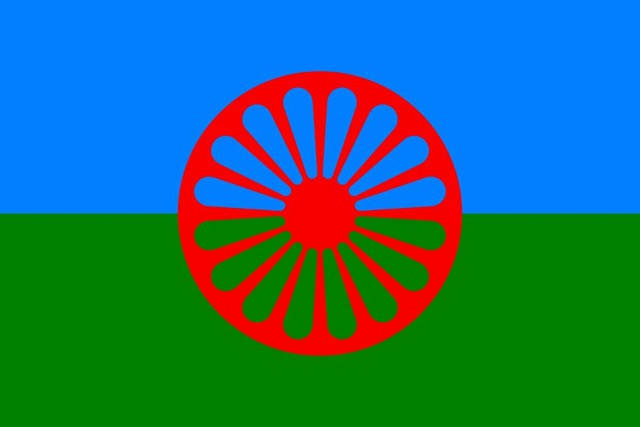
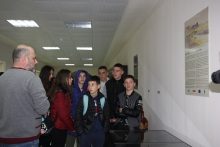
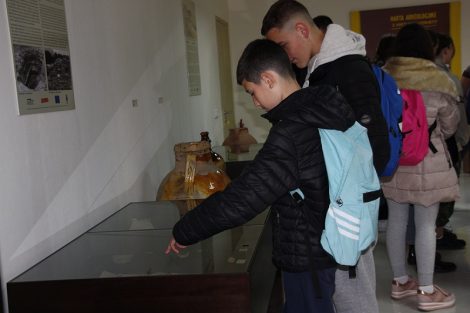 On April 7, 2022, the newly opened display room of archaeological artefact in the museum of Përmet, welcomed its first visitors. They were local school students who had the opportunity to experience a guided visit led by archaeologists, introduced to the museum collection and have a wider understanding about the archaeology and history of the area.
On April 7, 2022, the newly opened display room of archaeological artefact in the museum of Përmet, welcomed its first visitors. They were local school students who had the opportunity to experience a guided visit led by archaeologists, introduced to the museum collection and have a wider understanding about the archaeology and history of the area.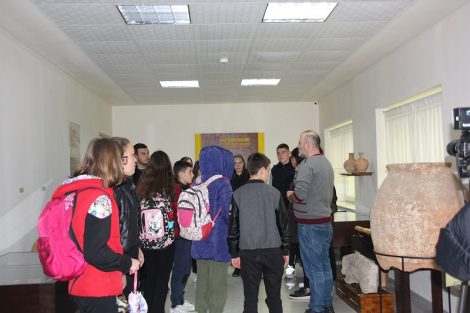
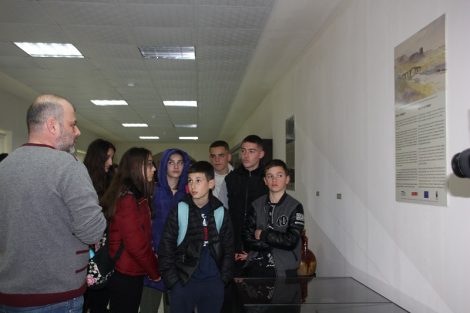
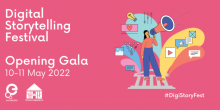
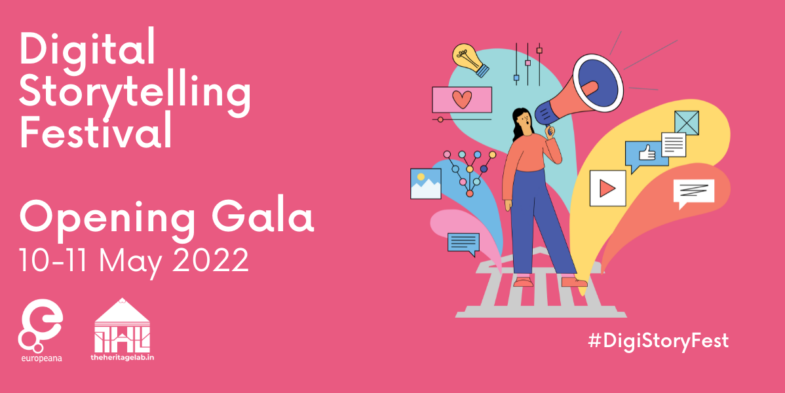 The online Digital Storytelling festival will take place from 10 May to 12 June 2022, hosted by
The online Digital Storytelling festival will take place from 10 May to 12 June 2022, hosted by 